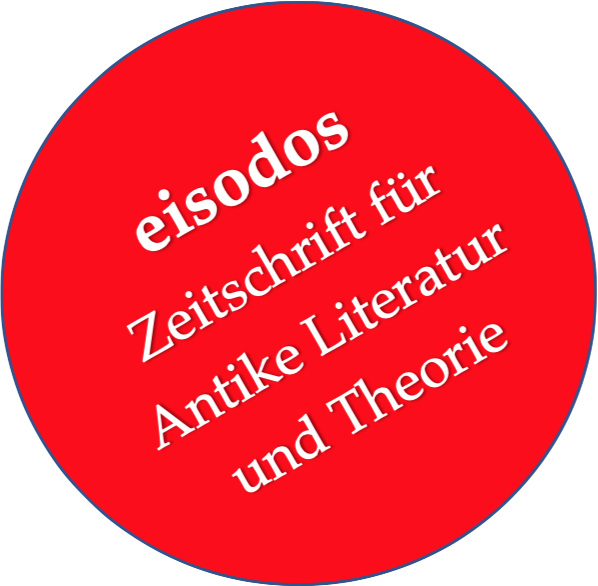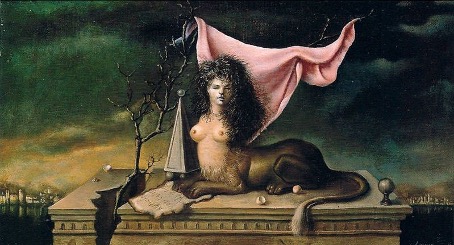The Ideal Woman as Sculpture in Ovid's "Pygmalion" Episode and Henrik Ibsen's "When We The Dead Awaken"
Abstract
The artist figures Pygmalion from Ovid's Metamorphoses and Arnold Rubek from Henrik Ibsen's When We Dead Awake (1899) open up the field of tension between male expectations regarding female behaviour and wishful thinking on the part of women by creating an ideal woman in sculptural form. Did Ibsen intend to criticise the idealisation of women from a feminist point of view? And to what extent can Pygmalion really be read as a romantic lover? The untouched female body, the image of a pure woman, means enlightenment for Rubek and at the same time establishes the end of his artistic motivation. With the recognition of female ideals as fallible, his illusion of resurrection in the form of a virgin dies. For Pygmalion, the statue signifies the fulfilment of sexual and platonic love; no real woman can provide these expectations. The statues of women as works of art reveal patriarchal artistry's claim to femininity. Rubek's utopia leads to love abuse and "death" in both the metaphorical and the actual sense. Pygmalion, on the other hand, remains blinded and is rewarded with the liveliness of his work, which, however, remains problematic from a feminist perspective and with regard to women as individuals.
Published
Issue
Section
License
Copyright (c) 2025 Franziska Leonie Fritsch

This work is licensed under a Creative Commons Attribution 3.0 Unported License.
Autorinnen und Autoren, die in eisodos einen Beitrag veröffentlichen, bleiben in Besitz des Copyrights, garantieren aber eisodos das Recht auf Erstpublikation. Mit der Publikation wird der Artikel einer Creative Commons Attribution License (CC BY) unterstellt, die es erlaubt, den Artikel unter vollständiger Nennung der bibliographischen Angaben (Nennung von Autorname und Erstpublikation in eisodos) mit anderen zu teilen.
Es steht den Autorinnen und Autoren frei, ihren Beitrag außerdem in anderen Medien (bspw. auf der universitären Homepage oder als Kapitel in einem Buch) in nicht-exklusiver Weise und unter Nennung der Erstpublikation in eisodos zu veröffentlichen.
Autorinnen und Autoren werden ausdrücklich dazu ermuntert, ihren Beitrag vor und während der Veröffentlichung in eisodos online zu diskutieren (bspw. auf ihrer eigenen oder der universitären Homepage). Dies führt zu produktivem Austausch und zu früherer Kenntnisname und Verwendung des im Anschluss daran in eisodos veröffentlichten Beitrags sowie der Verweisung auf ihn.


